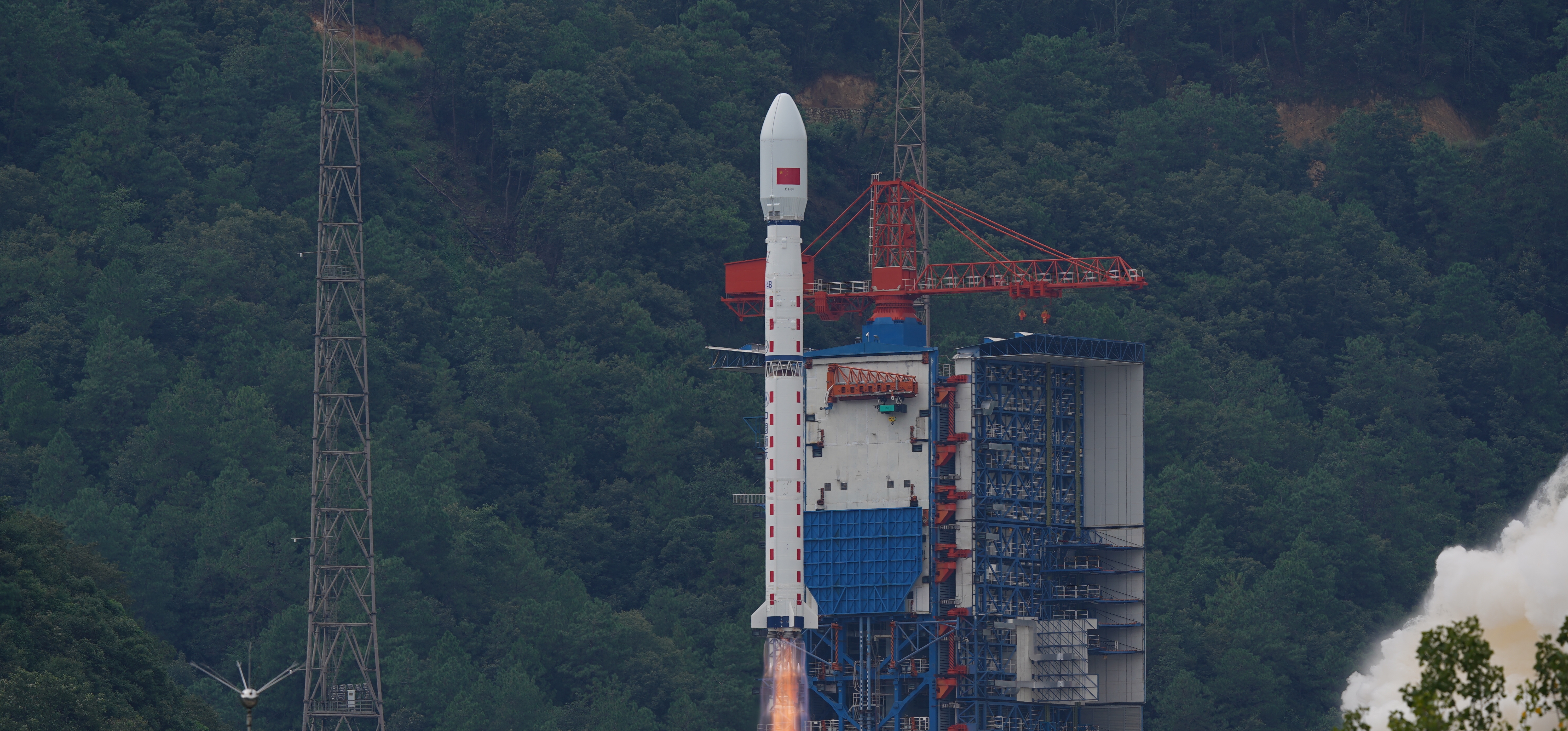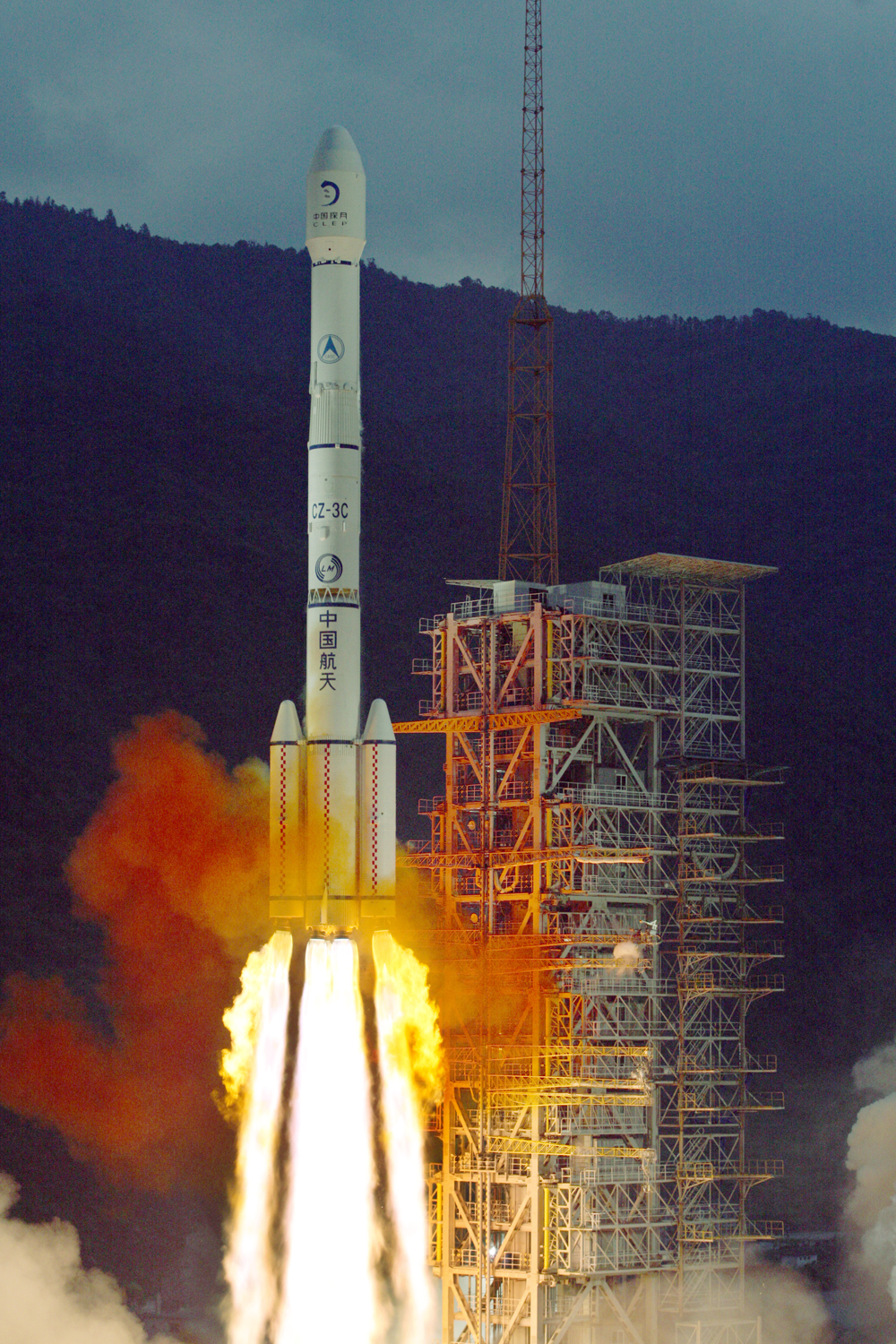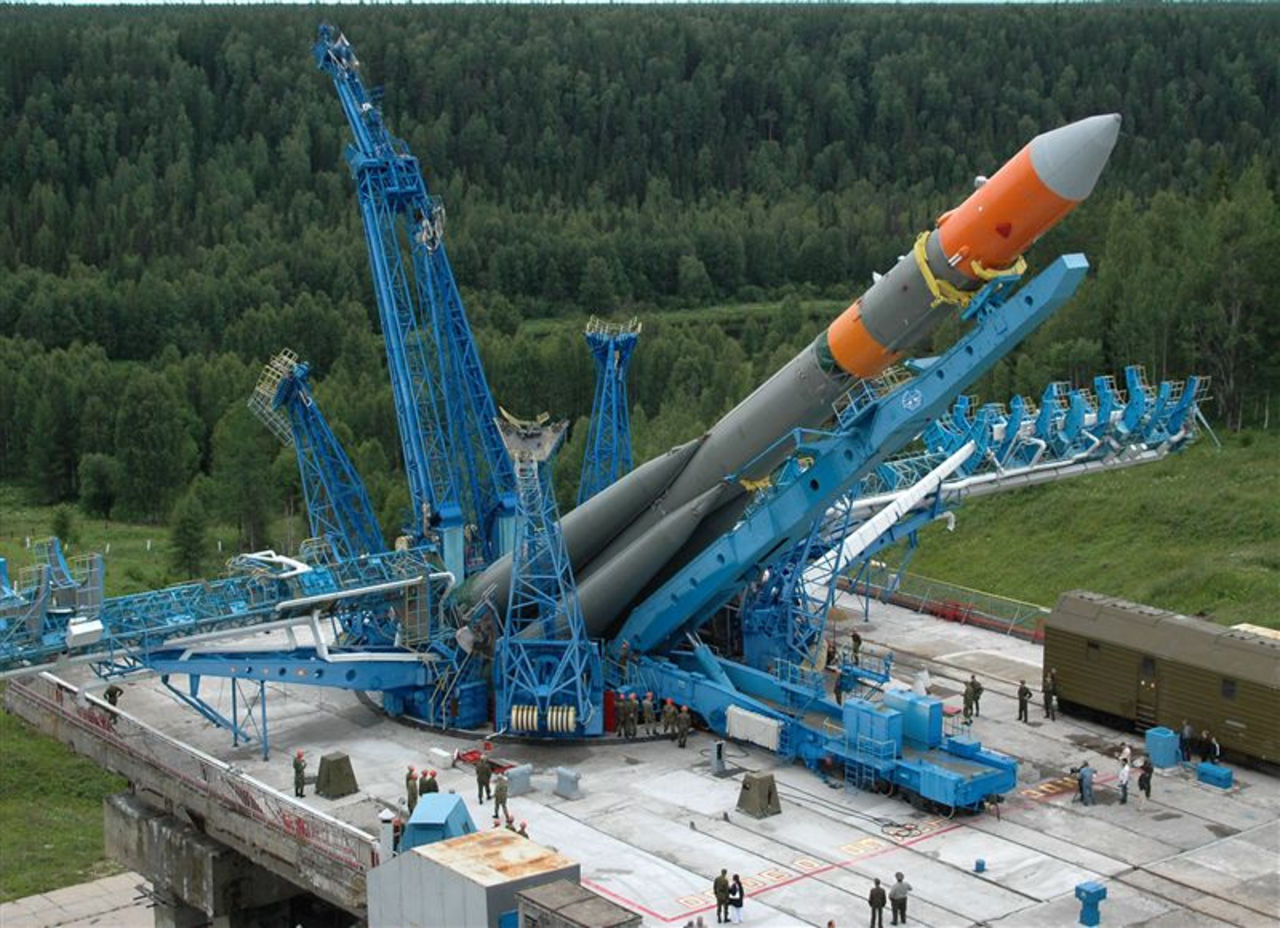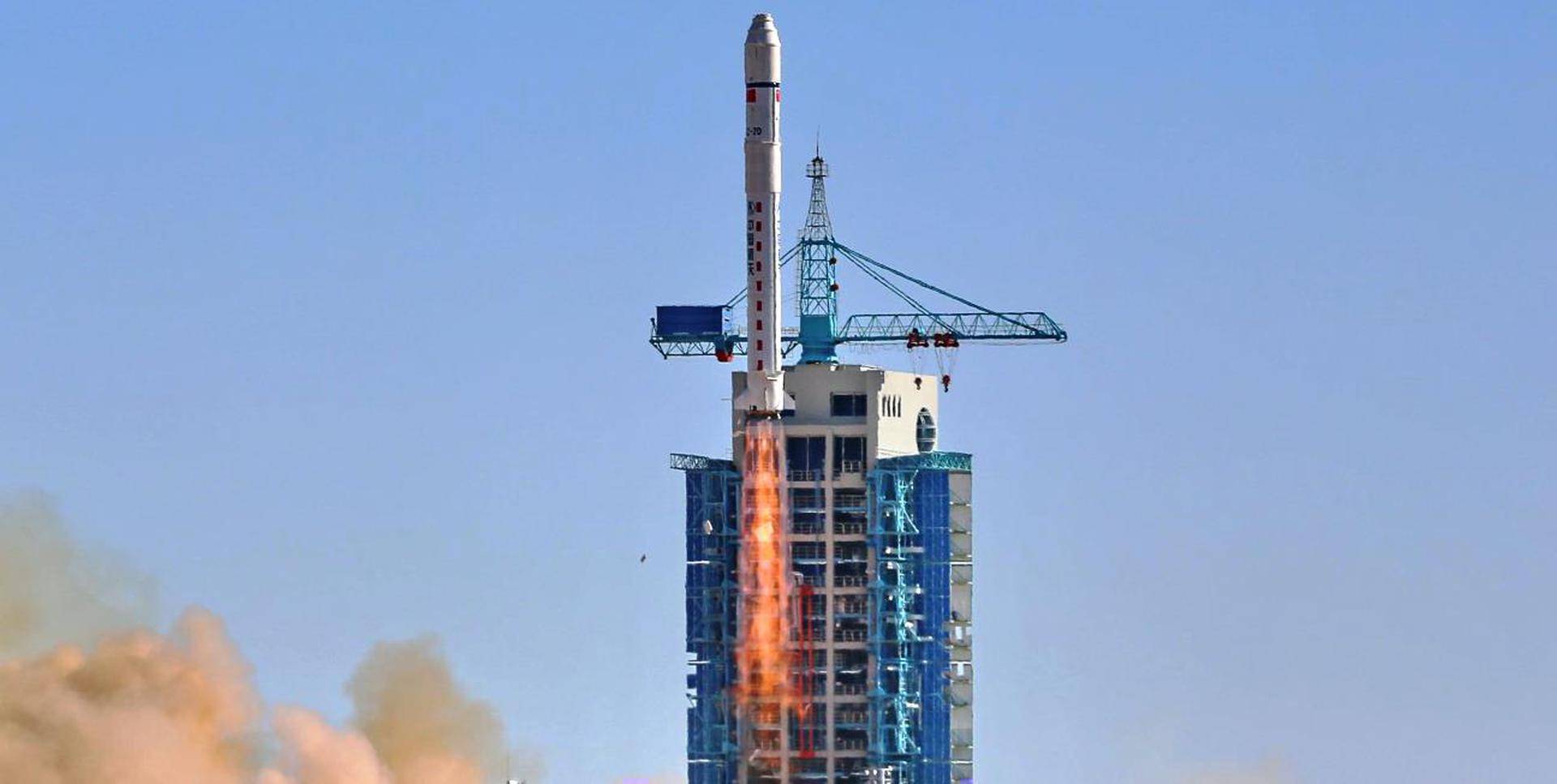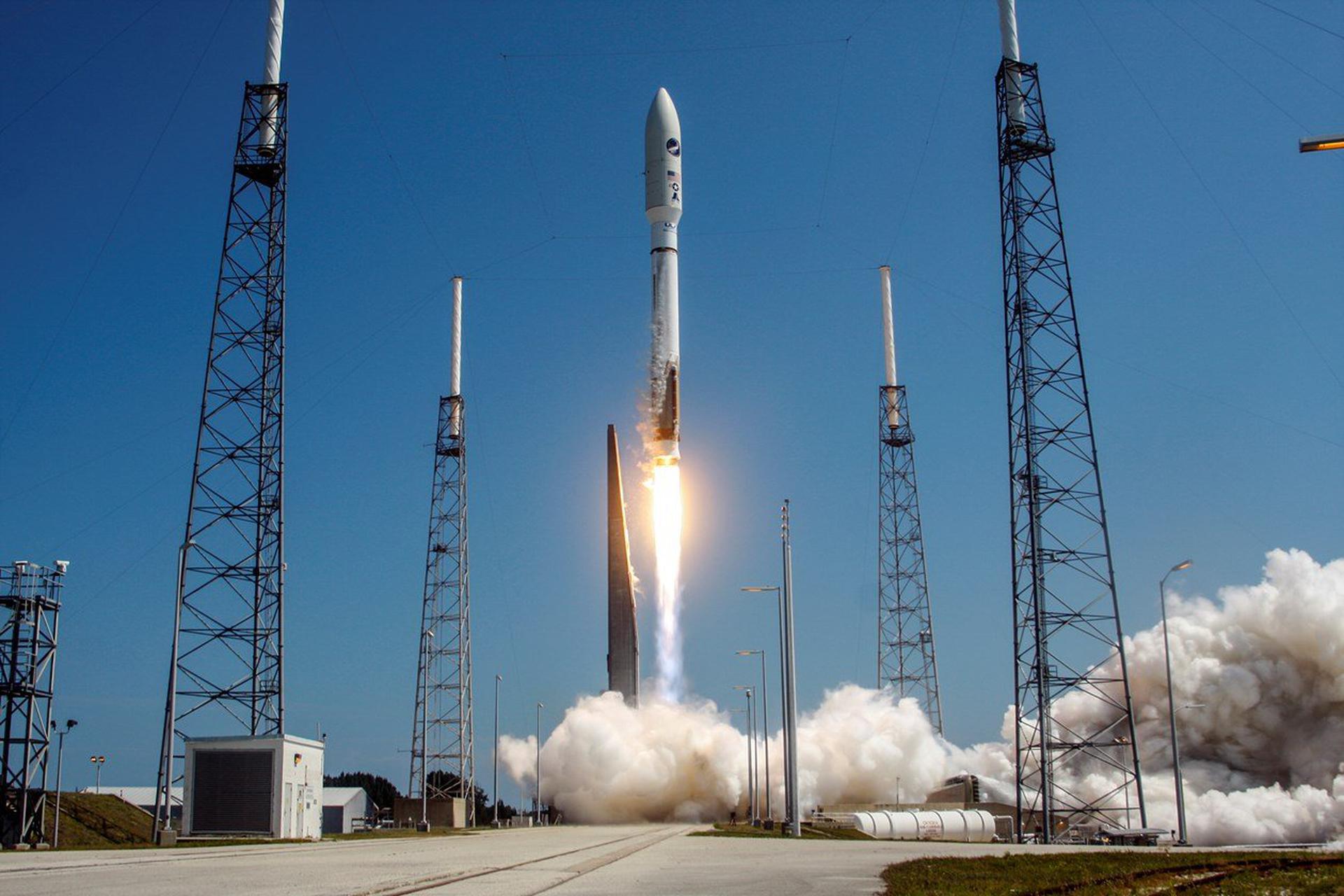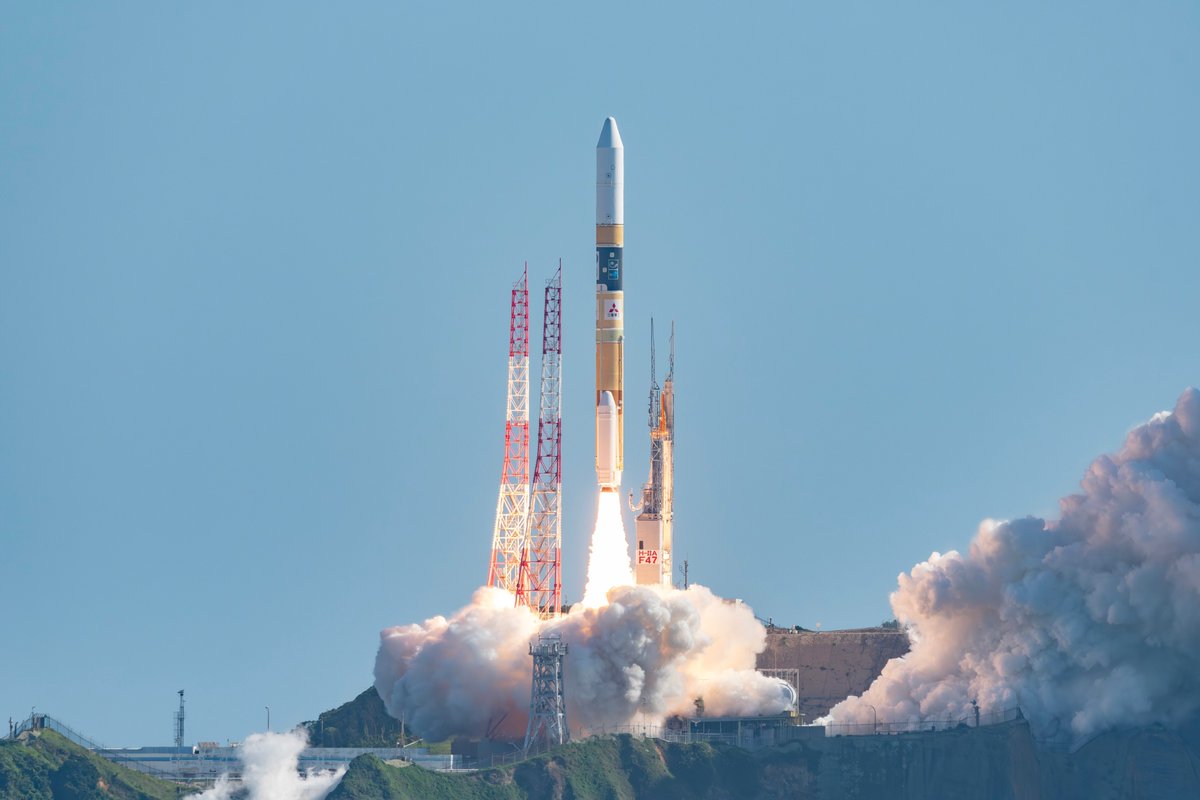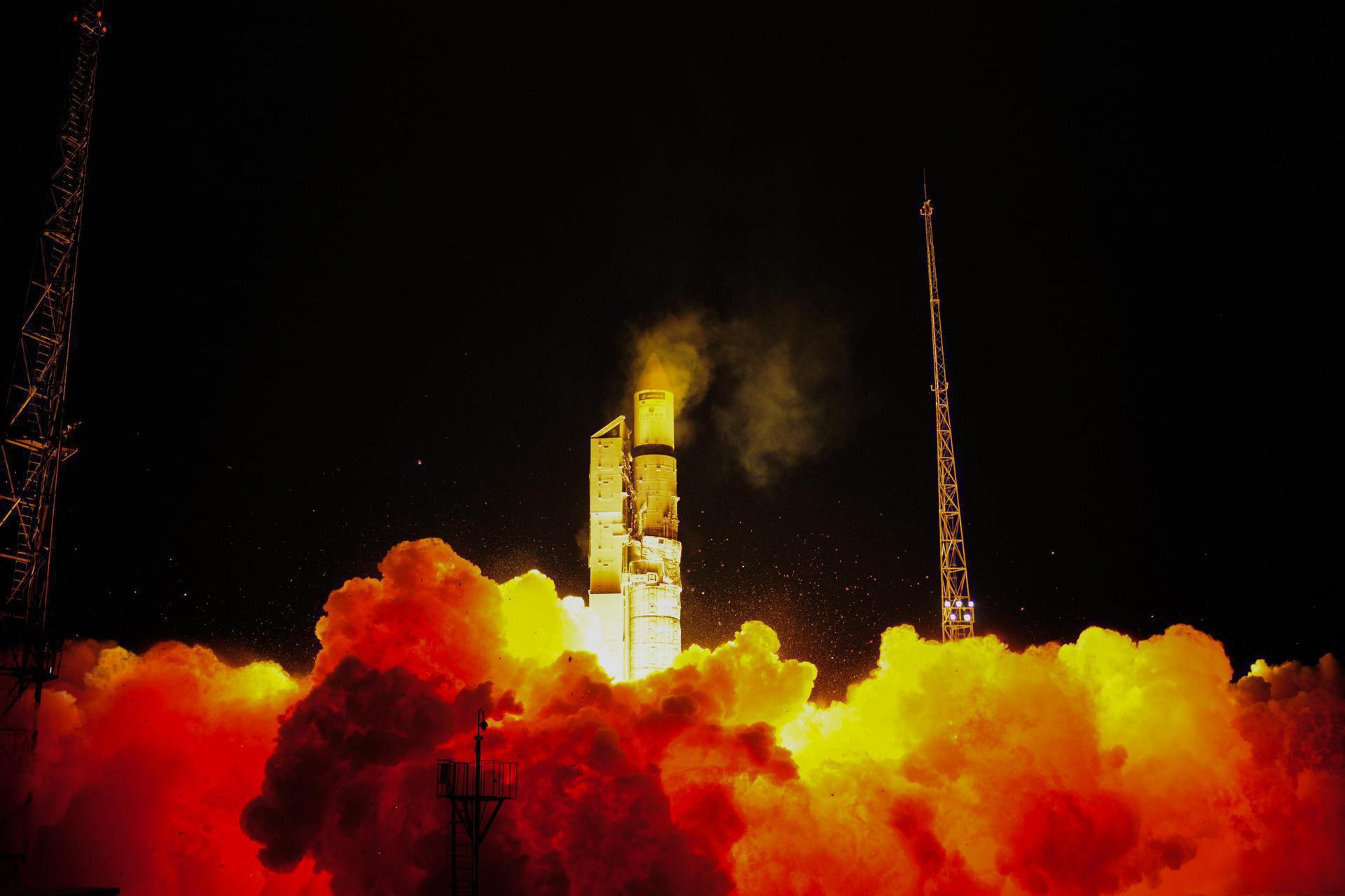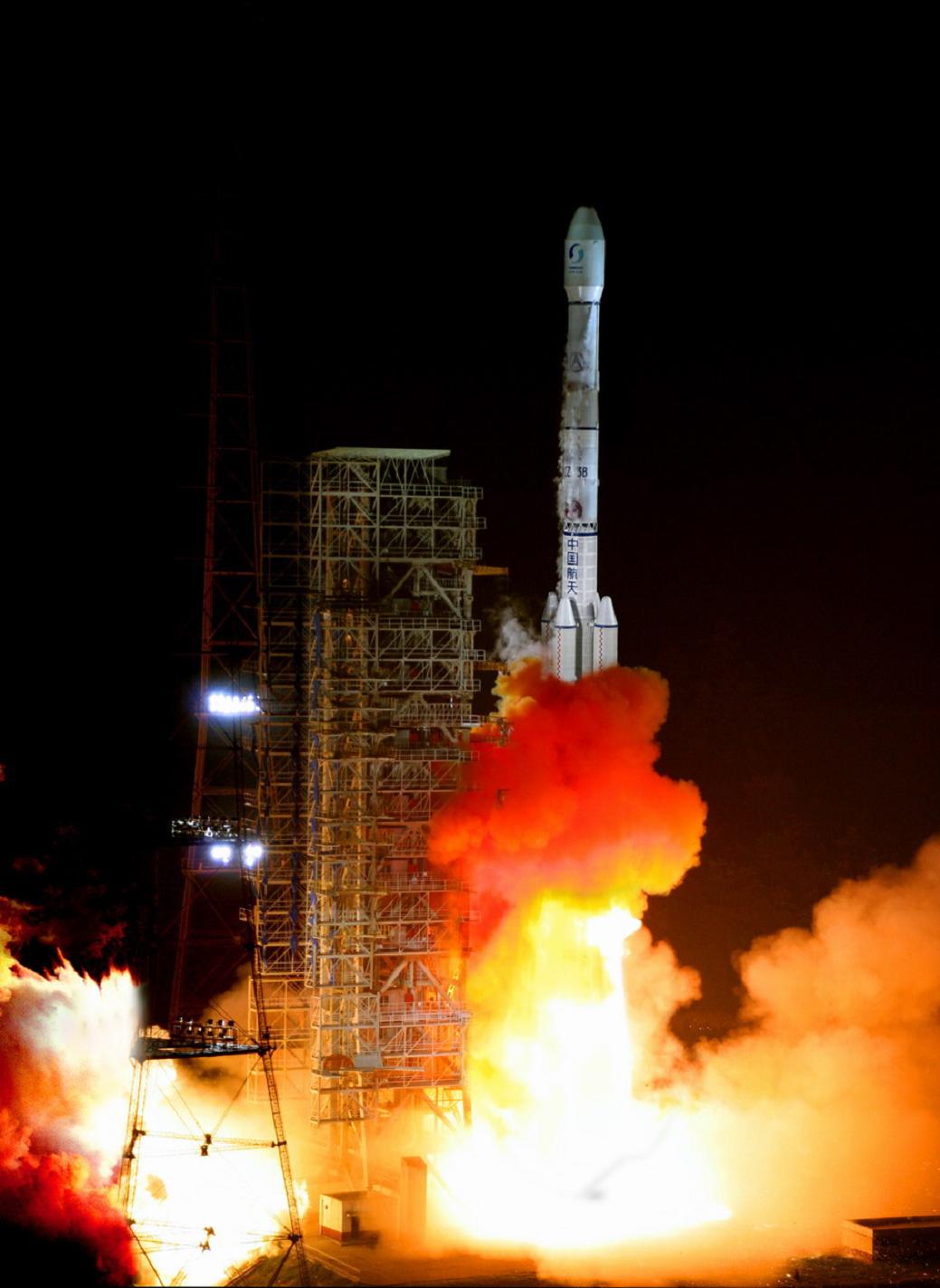Previous Spaceflight Launches
Filter by Agency, Locations or Vehicles
Show All LaunchesLong March 4B | Shijian 6G & Shijian 6H
China Aerospace Science and Technology Corporation | ChinaTaiyuan Satellite Launch Center, People's Republic of China
Oct. 6, 2010, 12:49 a.m.
Long March 3C | Chang'e 2
China Aerospace Science and Technology Corporation | ChinaXichang Satellite Launch Center, People's Republic of China
Oct. 1, 2010, 10:59 a.m.
Molniya-M/2BL | US-K 86
Russian Space Forces | RussiaPlesetsk Cosmodrome, Russian Federation
Sept. 30, 2010, 5:01 p.m.
Minotaur IV | SBSS (USA-216)
Orbital ATK | United States of AmericaVandenberg SFB, CA, USA
Sept. 26, 2010, 4:41 a.m.
Long March 2D | Yaogan-11, Zheda Pixing 1B & Zheda Pixing 1C
China Aerospace Science and Technology Corporation | ChinaJiuquan Satellite Launch Center, People's Republic of China
Sept. 22, 2010, 2:42 a.m.
Atlas V 501 | NROL-41 (USA-215)
United Launch Alliance | United States of AmericaVandenberg SFB, CA, USA
Sept. 21, 2010, 4:03 a.m.
H-IIA 202 | Michibiki (QZS-1)
Mitsubishi Heavy Industries | JapanTanegashima Space Center, Japan
Sept. 11, 2010, 11:17 a.m.
Status: Launch Successful
Mission:
The Quasi-Zenith Satellite System (QZSS) is a three-satellite regional time transfer system and the satellite-based augmentation system for the GPS that would be receivable within Japan. The primary purpose of QZSS is to increase the availability of GPS in Japan's numerous urban canyons, where only satellites at very high elevation can be seen. A secondary function is performance enhancement, increasing the accuracy and reliability of GPS derived navigation solutions. A single satellite weighs about 4000 kg, has an expected lifetime of 15 years and is put in a elliptical, highly inclined geosynchronous orbit.
Geosynchronous Transfer OrbitSoyuz-U | Progress M-07M (39P)
Russian Federal Space Agency (ROSCOSMOS) | RussiaBaikonur Cosmodrome, Republic of Kazakhstan
Sept. 10, 2010, 10:22 a.m.
Rokot / Briz-KM | Gonets-M12 & 2 x Strela-3 (Kosmos 2467, Kosmos 2468)
Russian Aerospace Defence Forces | RussiaPlesetsk Cosmodrome, Russian Federation
Sept. 8, 2010, 3:30 a.m.
Status: Launch Successful
Mission:
Gonets-M are an upgraded version of Gonets satellites, derived from military communications system Strela-3. Gonets-M constellation is tasked with monitoring ecological and industrial objects, providing communication and data transmission services, covering also the remote areas like the Far North region.
Low Earth OrbitLong March 3B | Chinasat-6A
China Aerospace Science and Technology Corporation | ChinaXichang Satellite Launch Center, People's Republic of China
Sept. 4, 2010, 4:14 p.m.
